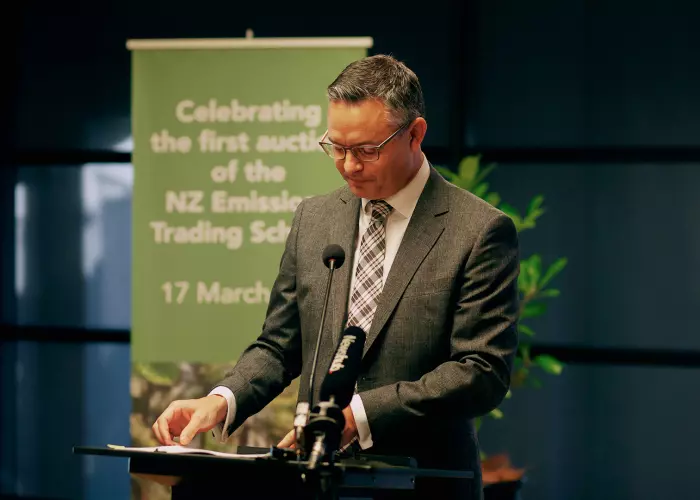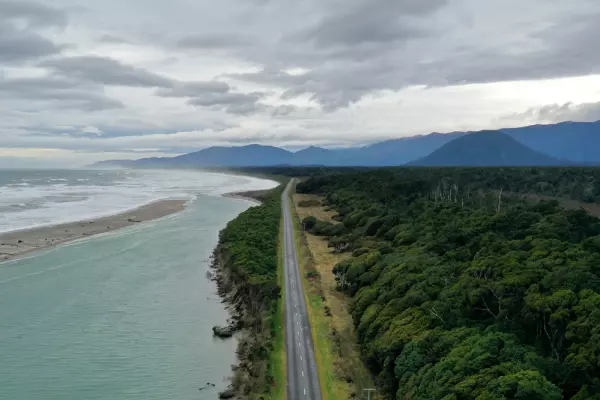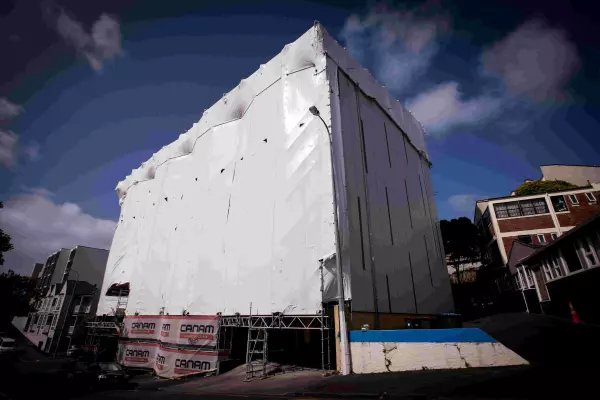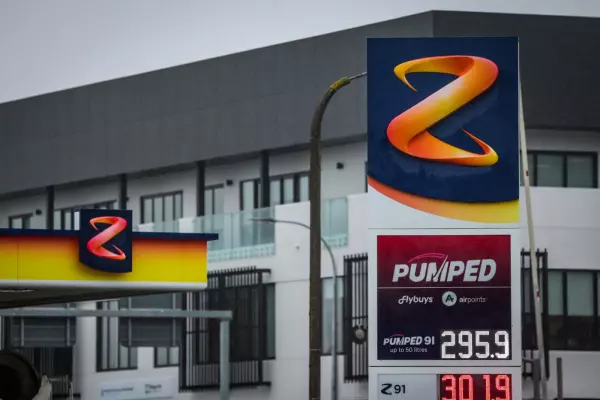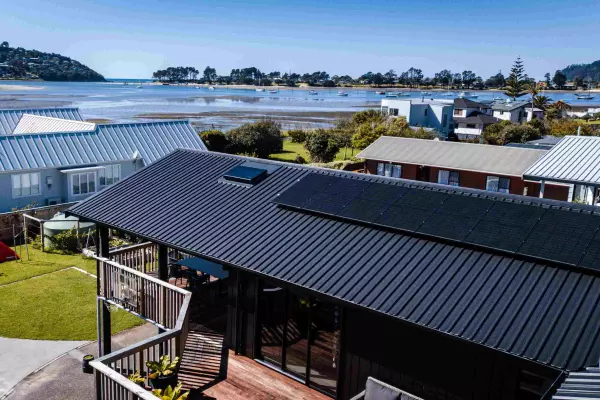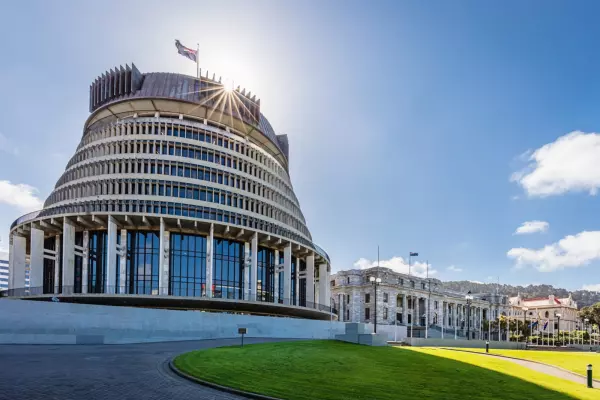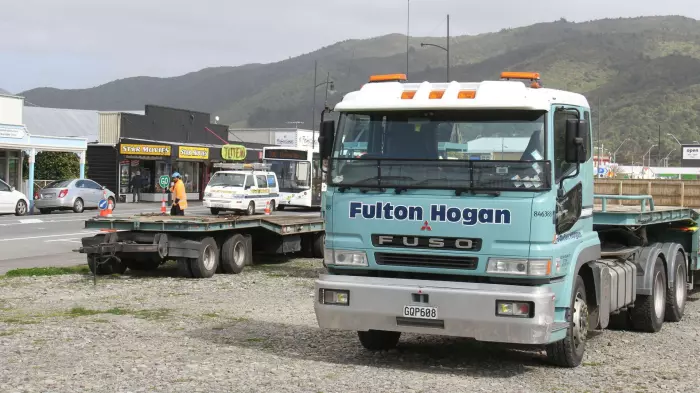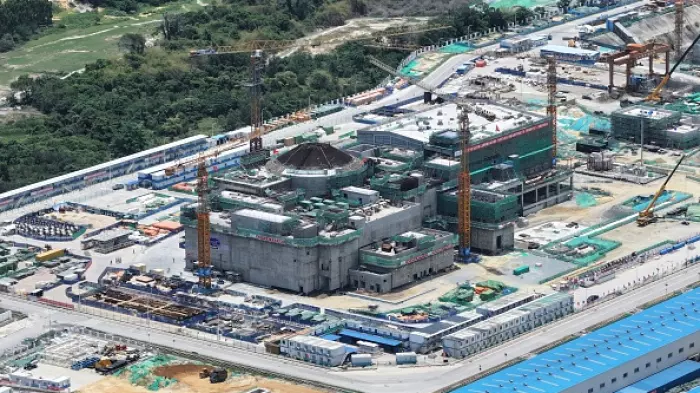The first-ever failure of a carbon auction in New Zealand indicates that the market has lost confidence that carbon prices will increase due to political and regulatory uncertainty because of signs of less climate change ambition from the government.
The first auction this year, of 4.475 million NZ Units (NZUs), which took place on Wednesday, failed to clear because there were not enough bids to cover the volume above the confidential reserve price.
It followed predictions the auction would fail as carbon prices on the secondary market had plunged and then stagnated following Cabinet’s decision not to follow all of the Climate Change Commission’s (CCC) advice on tightening Emissions Trading Scheme (ETS) settings and NZUs supply.
The result was a fall in the secondary market price, from $88.50 to about $65, just before yesterday’s auction.
The confidential reserve price is set at a level where auction results would not drive prices significantly below current secondary market prices. The method of calculating this is not public.
The auction data shows there were enough bids for the volume on offer, from 18 bidders making 149 bids. Obviously, they were below the current market price, but the detail has not been released.
The failure means the NZUs on offer yesterday will carry forward to the next auction in June and become available again along with another eight million NZUs in the cost containment reserve if the trigger price of $80.64 is reached.
Policy bonfire burns carbon price
Carbon traders spoken to by BusinessDesk were not surprised at the auction, as last year’s cabinet decision had been followed by the recent ‘policy bonfire’ which resulted in several climate change policies being axed or pushed back.
Last year, there had been an increasing trend in carbon prices, which meant many who need NZUs to settle their emissions on the ETS had moved in to snap up auction offerings and stockpiled in fear of prices going higher.
“We have gone from FOMO (fear of missing out) to FOOP (fear of overpaying),” said one person involved in carbon markets.
“We think that today's auction result reflects the considerable uncertainty around specific regulatory settings and the fact that this is an election year, alongside recent backpedalling on specific policies in the climate space,” secondary trading platform Carbon Match said in its newsletter to investors.
Another said traders had acted rationally in reading the government’s signals.
Climate change minister James Shaw had urged his colleagues to follow the CCC’s advice last year but was overruled because ministers feared carbon prices escalating even faster and increasing the cost-of-living pressures.
After yesterday’s auction, Shaw said the market was acting as it was designed to function. He said it may be the first auction to fail in NZ, but it had happened in other jurisdictions.
In response to questions about whether the market was responding to recent policy decisions which showed less climate change ambition, Shaw said that was “obvious”.
“The price has come down pretty substantially, since before that cabinet decision last year, and that has led to a price which is lower than the replacement cost of coal.”
Result has implications
Yesterday’s result has some implications for government policy and those who trade in carbon – both as an investment and the need for NZUs to settle emissions.
One trader, who last week rated the chances of an auction failure this week as 50/50, now said the odds of the next auction also not clearing or clearing at a lower price had increased if there was no change in market sentiment about which direction carbon prices were heading.
If every auction failed this year, that would be a double-edged sword. This would mean the NZUs on offer would disappear, tightening supply, reducing emitters' stockpiles and theoretically pushing up prices.
This would strengthen the ETS but would mean the government would not receive the more than $1 billion it had banked on getting.
Shaw said it was too early to say what the auction result would mean in terms of revenue. The NZUs were still there and could still be sold at later auctions, albeit probably at a lower price than the $381m reaped at the last successful auction, which cleared at $79.
There has been increasing speculation that the government is considering returning part or all of the proceeds from carbon auctions to the public as a form of ‘carbon dividend’.
This would be a reversal of current policy settings which divert money raised directly into programmes intended to lower greenhouse gas emissions.
There has been much debate about the best use of the money, with cabinet set on reducing emissions. Others have argued it should be partly spent on funding mitigation efforts – such as managed retreat. Still others have advocated for a return of the money to the public, to compensate for the increased costs they face from higher carbon prices being passed through to higher energy and other costs.
If there is no money raised, all of these become moot points.
What next?
The pressure on traders now is to make a call on what carbon prices will do next.
The fact remains that emitters need NZUs to settle emissions, and failure to do so results in heavy penalties. Not buying them at auction means relying on the secondary market and finding a willing seller for the volume needed. This will be a risk many will not take or will at least want to hedge.
However, the pressure of necessity will be low in the coming months.
Those who have to settle emissions must file accounts in March and hand over NZUs in May.
Traders could return to secondary markets while prices are low. Equally, they might just hold fire and see if prices fall further and what happens at the next auction.
Another key decision point will be the government’s reaction to the next round of advice from the CCC on ETS settings. This will go to ministers at the end of this month, with public release and a cabinet decision to follow.


